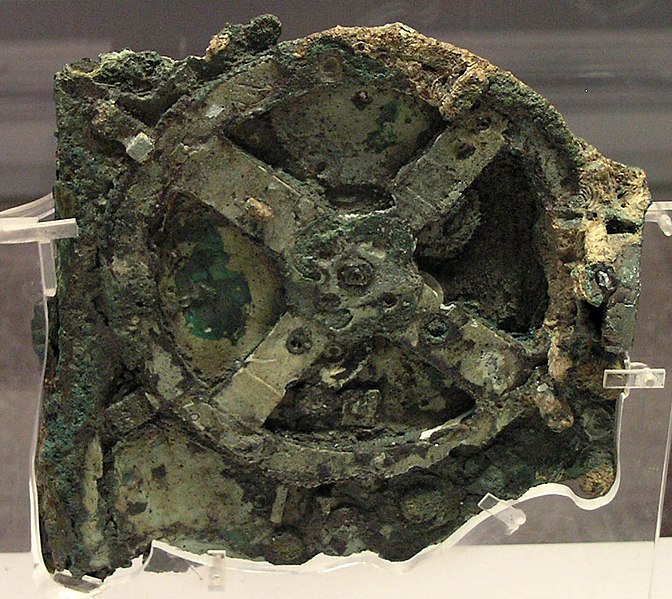| Table
of Contents: Introduction The Planet Vulcan Einstein and Relativity Applying Relativity To Mercury's Orbit Further Applications of Relativity Bibliography |
The first mention found of the planet
we call Mercury was by the ancient Mesopotamian
civilizations such as Sumer and Assyria. Due to
the difficulty in observing the small and fast planet
with the bare eye it was nicknamed Shikhtu, Akkadian
for "jumpy." The Babylonians associated the
planet with both female and male because it could be
seen in both evening and morning. Through many highly detailed and precise observations of the movements of the planets the ancient Greeks developed a geocentric view of the universe. Ptolemy, who the system is named after, explained Mercury's path through the sky by placing its orbit between the Earth and the Sun. He was correct in speculating that transits of Mercury in front of the Sun were imperceptible because of the planet's relatively small size. In the time when scientific observation succeeded philosophy the planets were observed much more closely through the use of telescopes. The Laws of Motion codified by Sir Issac Newton allowed for Kepler's Laws of Planetary Motion, which predicted that objects in our solar system orbit around the sun in an ellipse with the Sun at one focus. Observations showed that the actual movements of the planets fit Kepler's equations with almost perfect accuracy--with the exception of the planet Mercury, the orbit of which was measured to precess by the relatively minuscule amount of 43 arc seconds consistently every century. This was taken as no great shock at first. Similar deviations from prediction had been seen in the orbit of the planet Uranus, and that had led to the discovery of Neptune from its gravity altering the orbit of its neighbor. It was natural that the first course speculation would take that a similar situation explained Mercury's orbit. That there was another planet closer to the Sun waiting to be found. A planet tentatively dubbed Vulcan. |
 Image source:https://en.wikipedia.org/wiki/File:Babylonian_tablet_recording_Halley%27s_comet.jpg  Image source: https://en.wikipedia.org/wiki/File:NAMA_Machine_d%27Anticyth%C3%A8re_1.jpg  Image source: https://commons.wikimedia.org/wiki/File:HerschelTelescope.jpg |